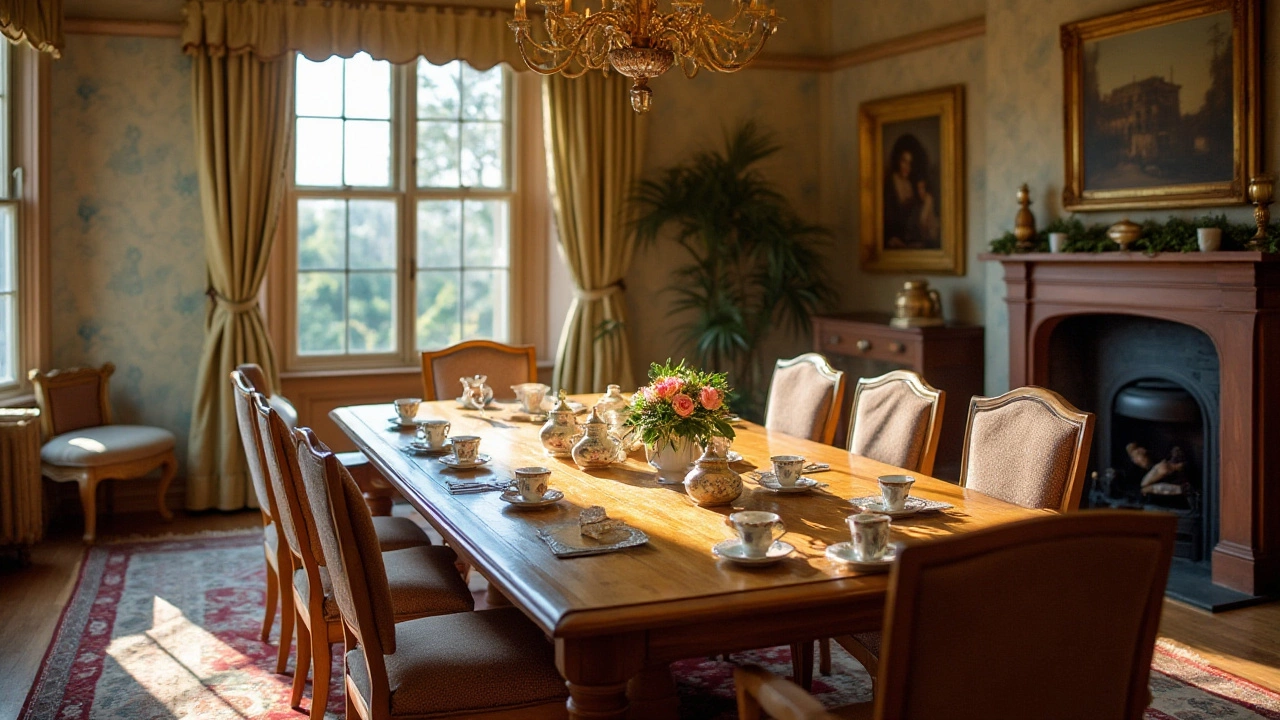Dining Table Shapes: A Quick Guide to Picking the Right One
If you’re shopping for a new dining table, the first thing to think about is the shape. It isn’t just about looks – the shape decides how many people can sit, how the room feels, and how easy it is to move around. Below you’ll find the most common shapes, what they’re good for, and a few tips to match them with your space.
Common Shapes and Their Benefits
Rectangular tables are the classic choice. They fit well in long rooms and let you add extra chairs on both sides. If you host bigger families or dinner parties, a rectangular table gives you flexibility. Keep the width around 36‑38 inches so it’s comfortable for elbows without cramping.
Round tables work best in square or compact rooms. The lack of corners makes conversation flow easier, and you can squeeze more people into a tighter spot. A 48‑inch round table seats four comfortably; bump up to 60 inches for six. Just remember you’ll need extra floor space for chairs to pull out.
Square tables sit between rectangular and round. They’re great for cozy dining nooks and look balanced in square rooms. A 48‑inch square table typically fits six people, but the corners can feel a bit tight for elbows. Pair with chairs that have slim backs to keep the area open.
Oval tables combine the length of a rectangle with softer edges. They’re a good compromise if you want a long surface without sharp corners. Oval tables often seat the same number as a rectangular one but feel a bit more intimate.
How to Pick the Best Shape for Your Room
First, measure the space. Leave at least 36‑40 inches of clearance around the table for chairs to move. If your kitchen‑dining area is narrow, a round or square table will free up more walking room. In a longer hall, a rectangle or oval can stretch the space nicely.
Second, think about how you use the table. Do you cook and eat at the same spot? A rectangular table gives you more surface for serving dishes. If you only sit down to eat, a round table encourages conversation and makes serving easier.
Third, match the style to your décor. Modern homes love clean lines, so a sleek rectangle or oval fits well. Traditional homes often favor round or square tables with classic legs. Don’t stress about exact matches—mixing styles can look stylish when the finish and color coordinate.
Finally, consider the number of people you regularly host. If you only need room for four, a round table saves space. For larger families, a rectangular table that can extend with leaves gives you future flexibility.Choosing the right dining table shape doesn’t have to be a headache. Measure your room, think about how you eat, and pick the shape that feels right for your lifestyle. With the right shape, your dining area will look inviting and function smoothly for years to come.
Exploring Popular Dining Table Shapes and Their Benefits
- Gavin Whitaker
- |
- |
- 0
Choosing the right dining table shape can enhance your dining room's functionality and aesthetics. The most popular shapes include rectangular, round, square, and oval, each offering unique benefits and adapting to various space needs. This guide explores these shapes, helping you understand how each can fit into different room sizes and dining styles. From maximizing seating to fostering cozy settings, discover what shape works best for your dining room.
View more